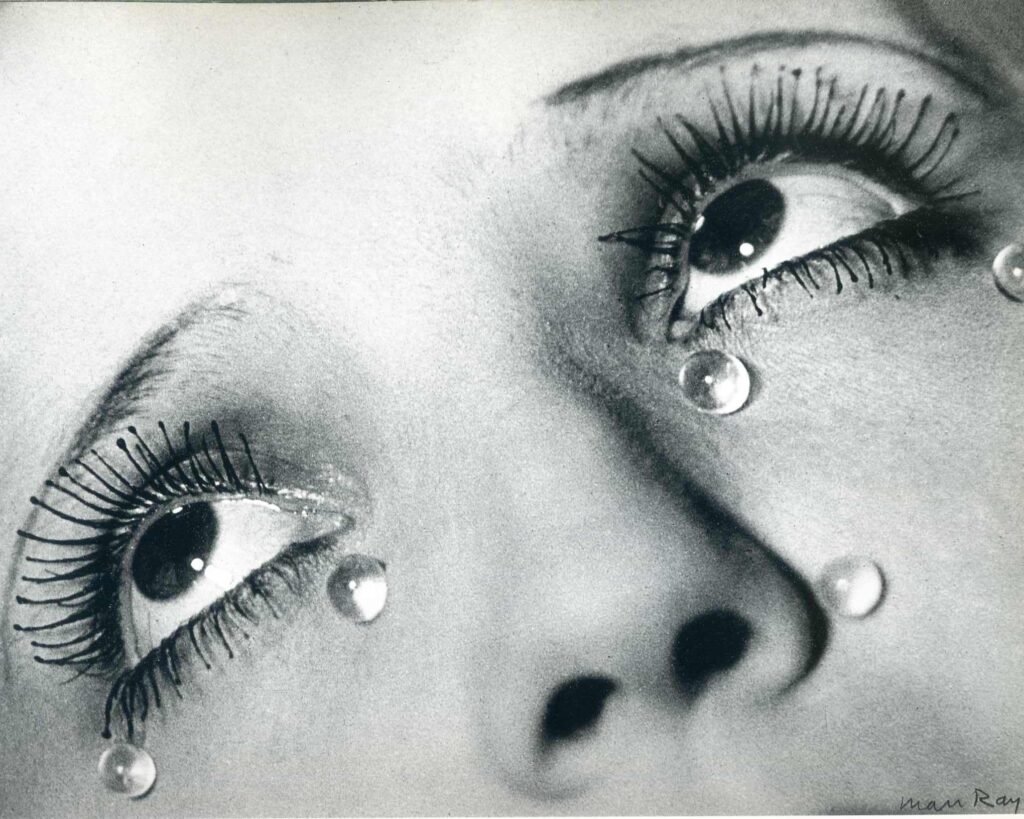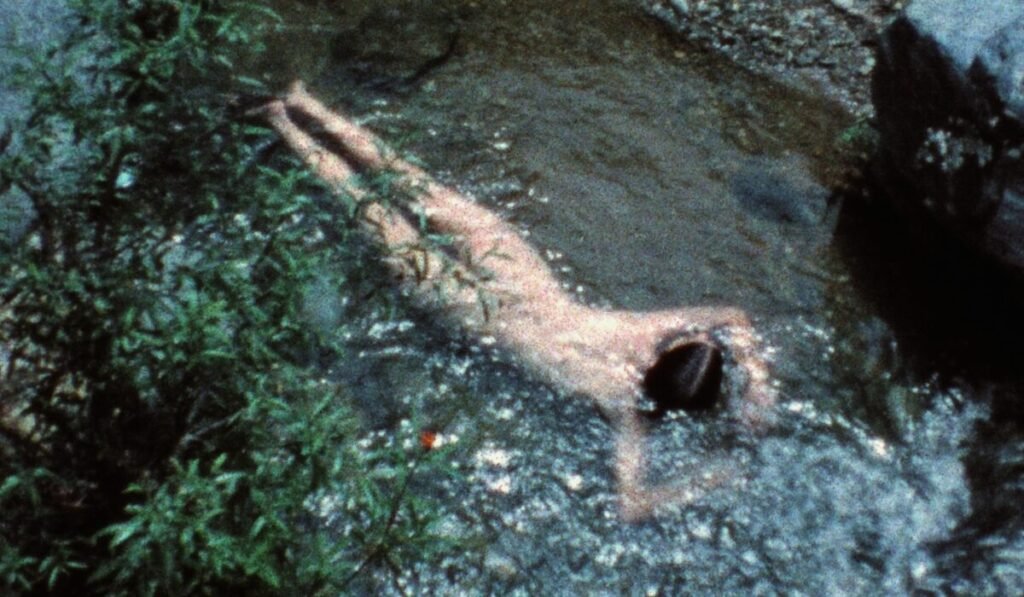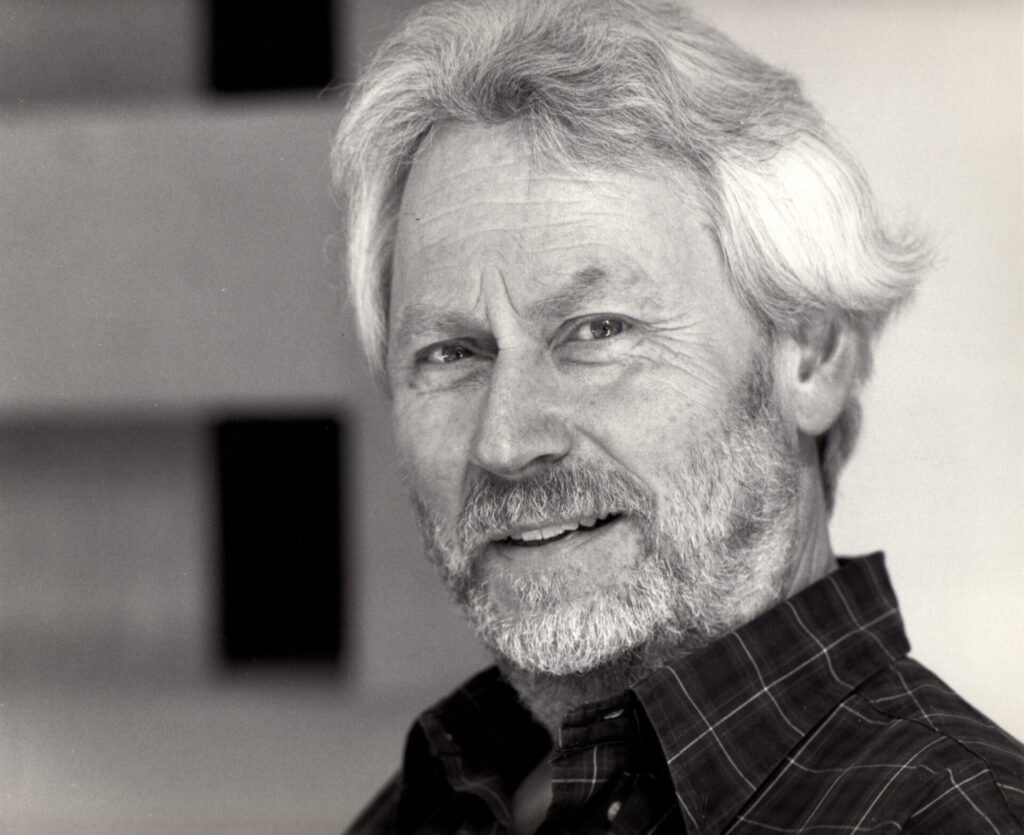Man Ray (1890–1976) transformed photography into a territory of invention and thought. An American based in Paris, he lived through the vibrant atmosphere of Dadaism and Surrealism but refused to limit his work to labels. More than adhering to a movement, he developed a method.
The camera and light did not serve to document the world but to metamorphose it. This logic permeates his entire production, where chance, humor, and material intelligence come together.
Man Ray and The Rayographs: When Photography Dreams
Among his most famous experiments are the rayographs, camera-less photograms in which everyday objects rest on photosensitive paper and leave ghostly traces. The procedure had existed since the 19th century, but Man Ray radicalized it by reclaiming it as an artistic gesture. The result is images that oscillate between recognition and abstraction, as if things were dreaming when crossed by light.
At the same time, the artist developed altered objects, an inheritance of the Dadaist spirit. The nail-studded flat iron, titled Cadeau (1921), inverts utilitarian function and introduces a small domestic danger. This act of displacement and irony reveals a method: stripping objects of utility to restore symbolic and critical power. Photography, sculpture, and object thus become equivalent in the task of shifting meanings.
Le Violon d’Ingres: The Body as an Instrument
Le Violon d’Ingres, created in 1924, synthesizes this poetics. The body of Kiki de Montparnasse, muse and companion of Man Ray, appears from behind in a classical pose. On her skin, the artist drew the characteristic f-holes of a violin. The female body becomes a musical instrument, both sensual and ironic.

The title reinforces the play: in French, “violon d’Ingres” means a hobby, referencing Neoclassical painter Ingres, passionate about music. Man Ray thus creates a multilayered work. It is a tribute to the pictorial canon, a joke with popular language, and a reflection on the objectification of the body.
The Legacy of Man Ray in Photography and Modern Art
The power of this image lies in its simplicity. A minimal graphic gesture is enough to transform the viewer’s perception. Photography ceases to be mere portrait and becomes visual commentary, a critical and humorous metaphor. It is a work that reveals how Man Ray thought about the image: not as a record of the world but as a field of ideas.
Throughout his career, between portraits, photograms, and objects, Man Ray upheld this ethic of invention. Technique never appears as empty virtuosity but as a machine that provokes estrangement. His legacy consists in showing that photography can think, that every object can be something else, and that every image can open itself to imagination. That is why his work still unsettles us: because it reminds us that looking is not just seeing, but learning to dream with what is shown.



